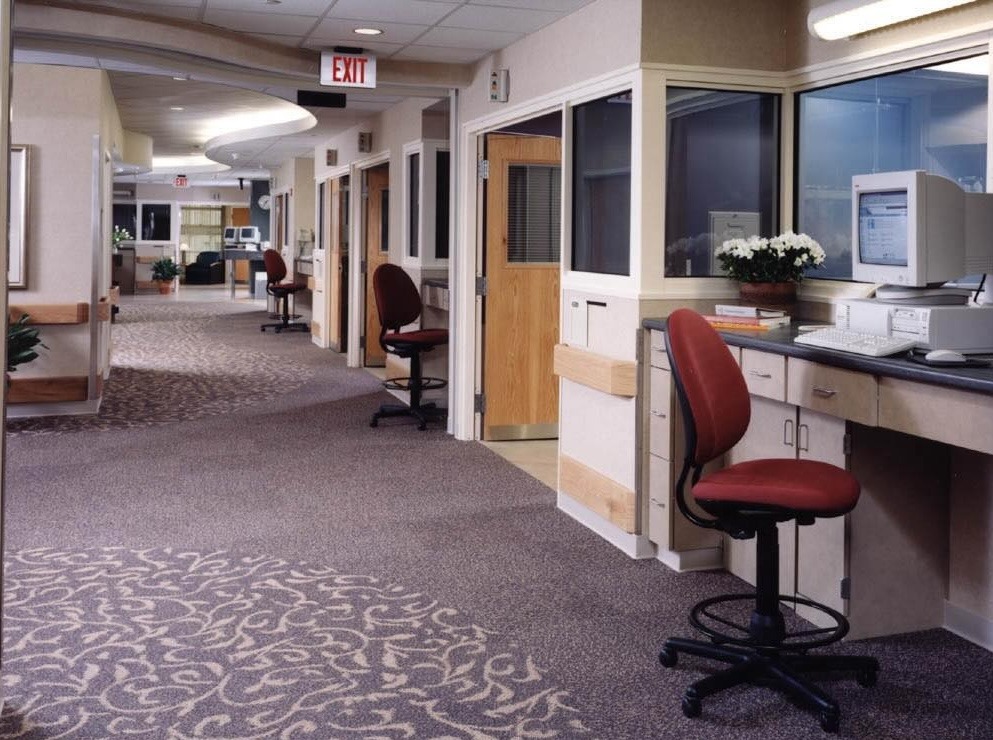Can architects nudge people into healthy action?
That's the question New York-based healthcare architect Avani Parikh posed on a poster she created for the International Design & Health Conference back in 2011.
Her goal was to present "a behavioral economics framework for preventative interventions and to provide a new way to think about the nexus between human behavior, architectural design, and wellness."
Avani realized that she needed more than just a poster as a platform for her theory. Some healthcare academics she knew encouraged her to write a book.
7 Years Later
"Choice Architecture: A New Approach to Behavior, Design, and Wellness," was published by Routledge in 2018. Co-authored by Avani and her husband Prashant Parikh, a former research scholar at the University of Pennsylvania and Stanford University, this little book packs a lot of theory into its 130 pages.
It was a little too dense for me to fully read and digest, but those of you who are are into architectural theory will love it. Here's what is covered in each chapter:
- Chapter 1: Looks at how architecture surrounds us even if we don't always notice it and its effect on us.
- Chapter 2: Describes a new framework for choice architecture.
- Chapter 3: Explores ways in which people can be irrational within the context of behavioral economics.
- Chapter 4: Discusses the consequences of choice architecture, particularly as it relates to the Vitruvian triad of utility, firmness, and beauty -- and what that means for health and wellness.
Healthy Action by Design
I totally believe that architecture can nudge people into healthy action.
There are a number of examples of this in the book -- most not specific to healthcare settings, but most of which can be adapted for healthcare settings. Things like:
- Work environments that encourage social activity, walking, and provide access to natural light
- Outdoor environments/streetscapes that encourage social activity and exercise
- Clinics that have design elements that reduce the stress of waiting
Better Books for a Better World
The book is also the winner of a 2018 Nautilus Silver Medal Book Award, which celebrates and honors "books that support conscious living and green values, high-level wellness, positive social change and social justice, and spiritual growth."
Now that the book project is done, Avani is trying to build up her architectural practice again and do some speaking.
She's also one of 20 finalists for a grant from the New York State Council for the Arts. Her proposal, "A Framework for Design-Enabled Care," applies her theory to four case studies for environments for seniors and people with disabilities.
More About Behavioral Economics
"What is Behavioral Economics?" Psychology Today, May 2017.
"An Introduction to Behavioral Economics," The Behavioral Economics Guide 2018.
P.S. Please do me a favor -- if you liked this post and like this blog, please share it with others by sending them the link or posting it on your Twitter, LinkedIn, or Facebook. Also, don't forget to subscribe, so you'll get emails when new content is posted. Thanks!







